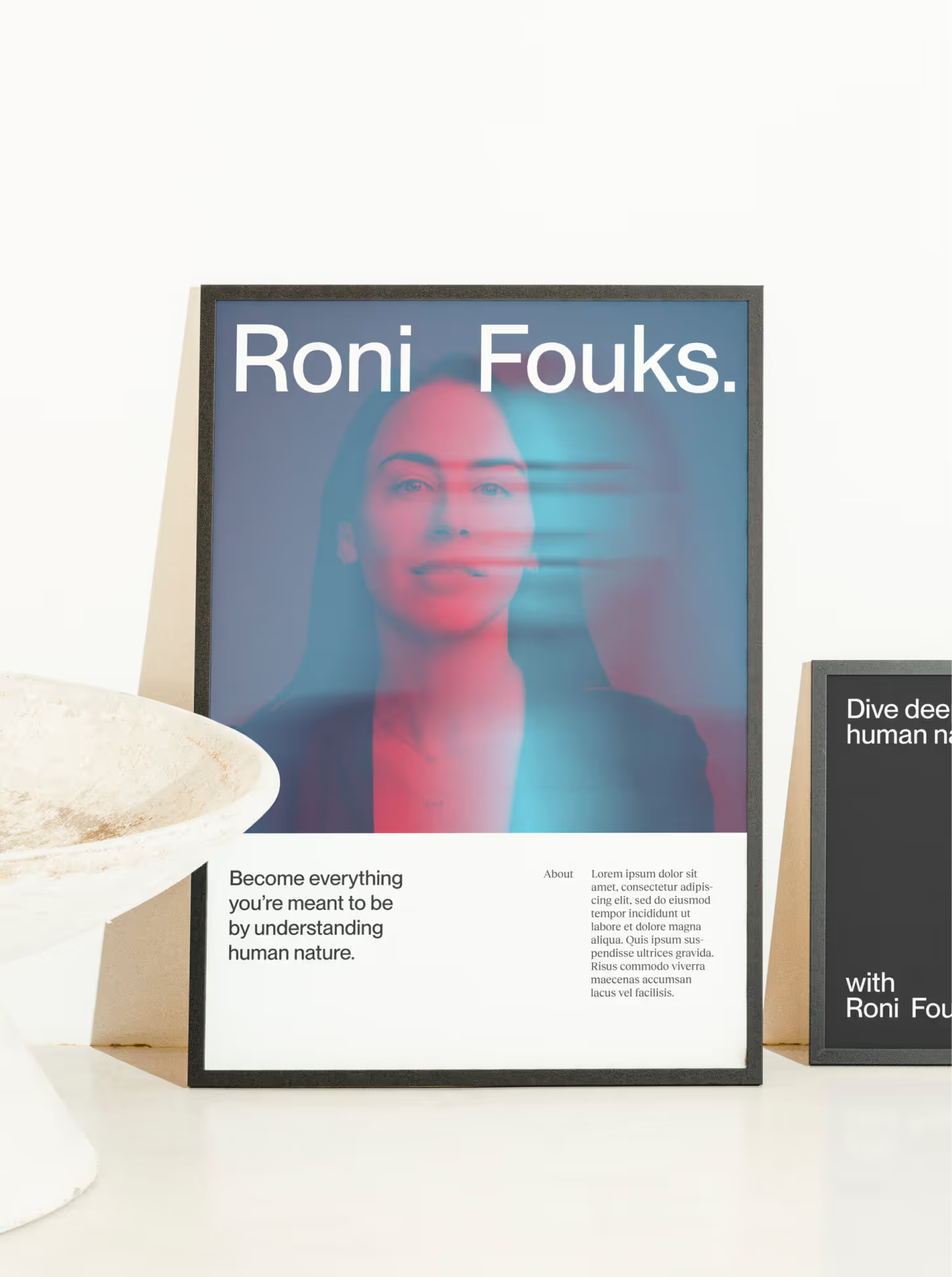
Who are the companies with the best branding, and what to learn from them?
When it comes to creating your brand identity, we know how hard it can be! Here are 5 of the most successful companies and what you can learn from their branding strategies!


Let’s get something straight: branding isn’t just a fancy logo or a clever tagline. It’s the entire vibe your company gives off—the feeling people get when they interact with your business. And if you think branding is just an afterthought, guess what? You’re already losing to the big dogs.
So, let’s talk about those companies with branding so sharp it could cut glass. These are the brands that get it right, every single time. What can we learn from them? Let me show you.
1. Apple – Consistency is Key
Yes, I know—Apple is always on these lists. But let’s face it, they’re here for a reason. Apple’s branding is so strong that you can spot one of their products from a mile away. Clean, sleek, minimalist design. Whether you’re in a store, scrolling their website, or holding an iPhone in your hand, the brand is consistent—always.
What can we learn? Consistency builds trust. Apple never strays from their core identity. Their messaging, design, and even their packaging scream simplicity and innovation. So, stop trying to be everything to everyone. Hone in on what makes your brand unique and double down on it. Keep it consistent across all touchpoints, and customers will learn to trust (and love) your brand.

2. Nike – Emotional Storytelling at Its Finest
Nike doesn’t just sell shoes; they sell aspiration. Their branding revolves around one simple idea: “If you have a body, you are an athlete.” They don’t waste time telling you how great their products are. Instead, they tell your story—the one where you’re pushing your limits, reaching your goals, and “just doing it.”
Nike’s brand isn’t just about gear; it’s about you. And that’s why people buy into it.
What can we learn? Connect with your audience on a deeper, emotional level. People don’t just buy products—they buy into ideas, lifestyles, and dreams. So, ask yourself, what story are you telling with your brand? Make your audience the hero of the story, and they’ll stick with you for the long haul.

3. Coca-Cola – Timeless, Yet Always Fresh
Coca-Cola is like that friend who never seems to age. Their branding has remained timeless for over a century, but they still manage to stay relevant. Whether it’s their classic red-and-white logo or their heartwarming holiday ads, Coca-Cola evokes a sense of nostalgia while always feeling fresh and modern.
How? By staying true to their core message: happiness and togetherness. They update their branding and campaigns, but the essence remains unchanged.
What can we learn? Your brand should evolve, but your message doesn’t have to. Coca-Cola teaches us that it’s possible to refresh your branding without losing the essence of what makes you, you. Know your core message and keep it central, even as you evolve.

4. Tesla – Disruption as Branding
Tesla’s branding is one word: disruption. They’ve flipped the automotive industry on its head by making electric cars cool, fast, and luxurious. Elon Musk and his team didn’t just slap a logo on a car—they built an entire movement. Tesla’s brand is all about challenging the status quo and pushing boundaries. And that’s exactly what people love about them.
What can we learn? Don’t be afraid to challenge the norms in your industry. If you want to stand out, be bold. Take risks. Think about how your brand can disrupt the market in a way that gets people talking. Being different is better than being boring.

5. Patagonia – Purpose Over Profit
Patagonia is proof that having a purpose can make a brand unstoppable. Their entire brand is centered on environmental responsibility and ethical business practices. They’re not just selling outdoor gear; they’re selling a mission. And people love it.
From their product designs to their campaigns, everything Patagonia does is aligned with their values. And in a world where consumers are becoming more and more socially conscious, this branding approach is gold.
What can we learn? Don’t just sell a product—sell a purpose. People want to align themselves with brands that reflect their values. If your brand stands for something bigger than just profits, you’ll connect with your audience on a deeper level. So, what’s your brand’s purpose? Find it, communicate it, and stick to it.

The Importance of Storytelling
N°1: The Art of Telling a Story
Let’s be real, a good story isn’t just about words on a page. It’s about grabbing your reader by the hand, pulling them into your world, and making them feel something. Think about it like this: a well-told story isn’t just information—it’s an experience.
The secret sauce? Structure, emotion, and message. Without them, your story is just noise. But when you nail it, you’re creating an emotional rollercoaster that keeps your audience strapped in from start to finish. And trust me, emotions are what seal the deal. They’re what make your audience forget the world around them and fully dive into the universe you’ve built.
N°2: Building an Emotional Connection
The stories that stick with people? The ones that make them feel something. Those are the stories that not only stay in their minds but push them to take action. Brands that have the guts to show their human side are the ones that create a deep connection with their audience.
Be real. Be honest. Be transparent in your storytelling. When you do that, people will feel inspired by your message. Authenticity is what truly resonates with your audience and builds a lasting connection.
N°3: Harnessing the Power of Surprise
If you want to keep your reader hooked, you’ve got to play with their expectations. A little surprise can work wonders for keeping people on their toes, making them hang on to every word.
But here’s the thing: surprises need to be strategic. Throw too many curveballs, and suddenly your story’s a mess. Keep them meaningful, and make sure each twist adds value to your message. It’s all about balance—just enough surprise to keep them guessing but not so much that they’re lost.
N°4: The Role of Characters
Let’s talk about the backbone of your story: the characters. If you want your audience to connect, you need to know who they are and what makes them tick. Dive deep into their aspirations, needs, and desires, and craft characters that resonate with those elements.
When your audience sees themselves in your characters, they’ll fully immerse themselves in the story. Suddenly, the characters’ emotions become their emotions, and the journey feels personal.
When I say character we can also talk about ambassador, if your brand to its ambassador it can have a great impact on the public and influence them more easily. This idea is often found in the fashion world, especially in the branding of luxury brands such as Dior with Rihanna for example.
So, What’s the Takeaway?
If there’s one thing to learn from these branding powerhouses, it’s this: your brand is more than just your product. It’s the story you tell, the emotions you evoke, and the values you stand for.
At The Bract, we help businesses craft branding that’s more than just a logo and a tagline. We build brands that connect, inspire, and grow. Whether you’re trying to disrupt your industry like Tesla or create a sense of timelessness like Coca-Cola, we’ve got the tools, the strategy, and the creativity to make it happen.
Ready to take your branding to the next level? Let’s talk. Because your brand deserves more than just another boring campaign—it deserves to be unforgettable.








